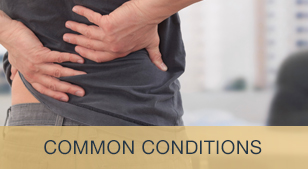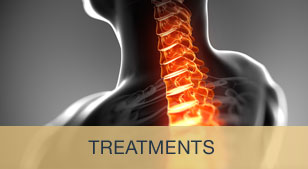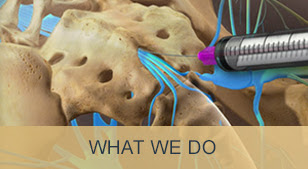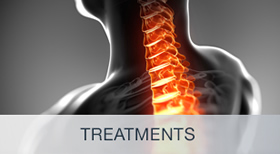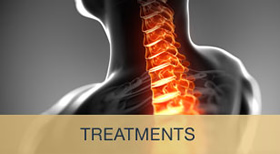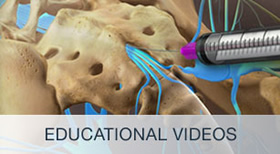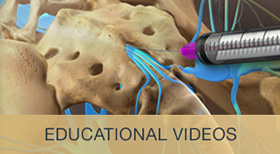Sciatica (Lumbar Radiculopathy)
Radiculopathy is the term for any mechanical problem or disease that affects the spinal nerve roots. These spinal nerves connect the spinal cord with the rest of the body. Often called a "pinched nerve," radiculopathy can be caused by a herniated disk, disc bulge, spinal stenosis, bone spur, an injury to the spine or osteoarthritis. It may involve any part of the spine, but it is most frequently found in the neck (cervical region) or lower back (lumbar region). Those considered at the highest risk are older individuals and younger people who play contact sports or perform manual labor.
Symptoms
Radiculopathy can result in pain of an extremity near where the injured nerve is located. In addition, some sufferers feel tingling, numbness, and/or weakness in the effected extremity. If the radiculopathy occurs in the neck, pain and discomfort may radiate down one or both arms and if it occurs in the lower back, it may radiate down one or both legs. When it affects the legs, it is also known as sciatica. The involved nerve is vulnerable to injury from disc bulges, disc herniation, spinal stenosis(bony narrowing around the nerve) and osteophytes(bony overgrowth). When the nerve is irritated or injured, the body responds with inflammation. This involves sending chemicals and cells to the effected nerve. The "inflammatory soup" causes more swelling, activation of spinal nerves and spinal cord, more sensitive nerves, and continued pressure and irritation of the nerve. This in turn causes severe radicular pain. Your symptoms will depend on which nerves are involved.
Diagnosis
Your physician will take a complete medical history, which includes asking numerous questions about your symptoms. He or she will examine the affected area and check on your strength, reflexes and sensation of feeling. Additional tests may be required as well. These can include X-rays to view spinal alignment and and an MRI to more clearly visualize the spinal cord and nerve roots. CT scans may also be used to obtain detailed views of the spinal bones and electromyelography, which helps the physician to study the electrical activity along the nerve.
Treatment
Conservative treatments are always the first options considered for radiculopathy. Physical therapy may be able to strengthen the muscles in the problem area, maximize flexibility with stretching exercises and take some pressure off of the injured nerve roots.There are medications that can help as well. Anti-inflammatories and oral corticosteroids can reduce pain and swelling. If the pain persists Epidural Steroid Injections are an effective and safe treatment option. Dr. Campbell does both Transforaminal and Interlaminar Epidural Injections. When done correctly, they can effectively reduce or eliminate radicular pain
For more information about Common Conditions, or to schedule an appointment, please call 484.468.1480.



